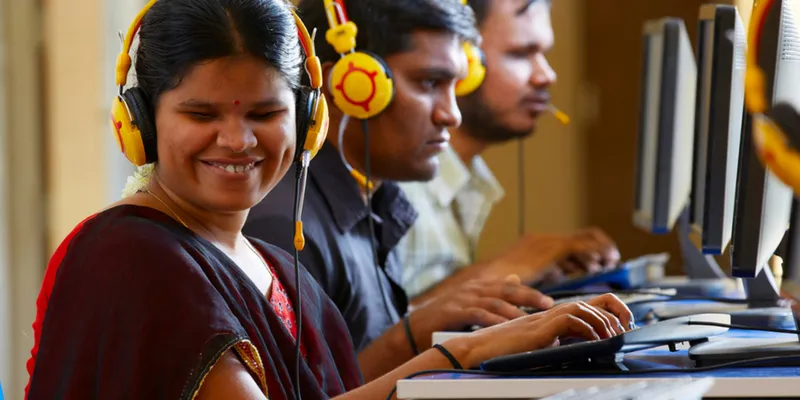IIT Delhi, Indiana University collaborate to help visually impaired persons with low-cost tactile graphics
A three-year collaborative research by IIT-Delhi and Indiana University in the US has led the team to new technologies and cognitive strategies that could improve the lives of the blind and visually impaired (BVI).

The collaboration has resulted in research for the development of a novel new design approach to tactile graphics.
"Tactile graphics" -- sometimes called as raised line drawings -- are two-dimensional images composed of linear and textured design elements raised very slightly above a flat surrounding surface.
It's not that what we are doing is attempted for the first time in the world, there are people who have formed similar solutions in the US, Europe, Britain, Japan etc. But the key challenge was to make it cost-efficient for developing countries like India," M. Balakrishnan, Professor at IIT Delhi, told reporters.
"Tactile diagrams have been here for a long time. While the US-based tactile diagrams cost more than $2 per page, we have produced it for 25 cents and we hope to go further down to 5-7 cents over a period of time," he added.
According to World Health Organisation estimates, there are 38 million visually impaired people, of which 90 percent of them live in the developing world. As per 2011 census, India has more than five million visually impaired people - largest for any country. Books for visually impaired people are normally completely in Braille text with no accompanying graphical images.
Introduction of low-cost tactile graphics will create a noticeable improvement in the quality of education of visually impaired people. Tactile graphics generally use a design strategy that distills pictures of objects or scenes into simple contour line drawings. It then translates these into raised lines that blind and visually impaired students trace with their fingers, much as they read Braille.
The new approach can be used for exploring semantic communication, developing fun tactile game, educational pedagogy, retention and memory.
(With inputs from IANS)
Do you have an interesting story to share? Please write to us at [email protected]. To stay updated with more positive news, please connect with us on Facebook and Twitter.







